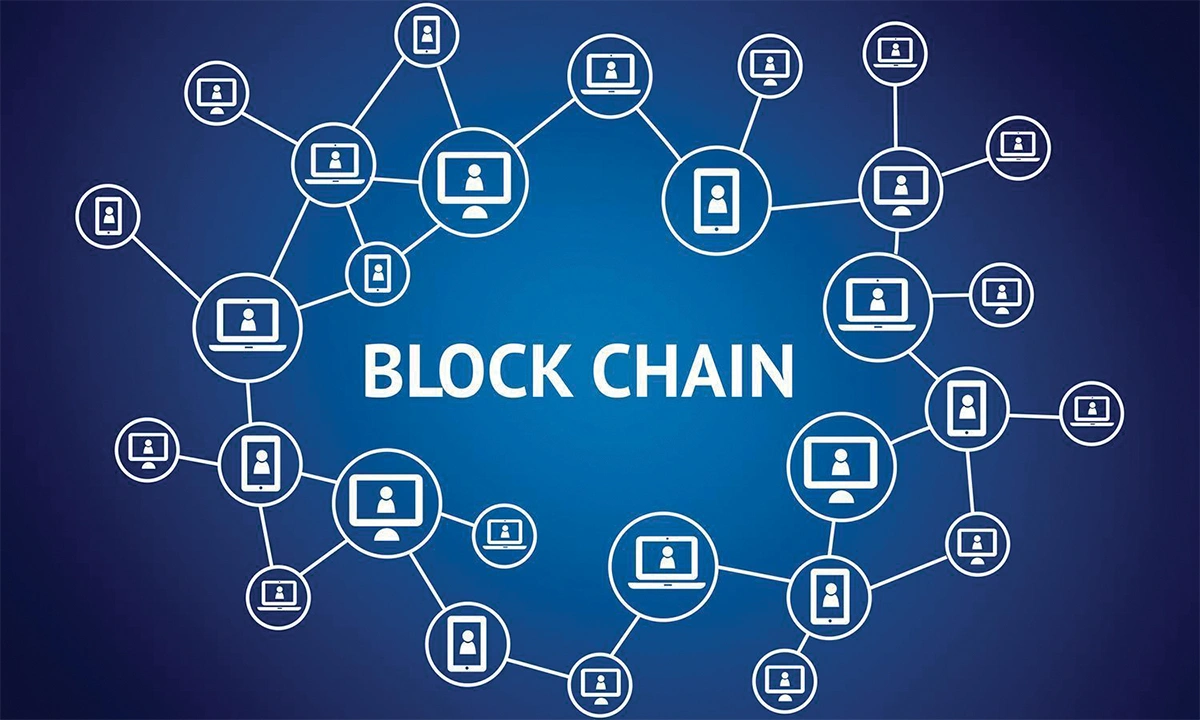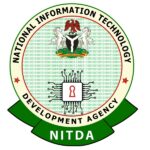Blockchain technology is a decentralised, distributed ledger that stores the record of ownership of digital assets. Any data stored on blockchain is unable to be modified, making the technology a legitimate disruptor for industries like payments, cybersecurity and healthcare.
Writing in www.builtin.com, a tech expert, Sam Daley, says a simple analogy for how blockchain technology operates can be compared to how a Google Docs document works. “When you create a Google Doc and share it with a group of people, the document is simply distributed instead of copied or transferred. This creates a decentralised distribution chain that gives everyone access to the base document at the same time. No one is locked out awaiting changes from another party, while all modifications to the document are being recorded in real-time, making changes completely transparent. A significant gap to note however is that unlike Google Docs, original content and data on the blockchain cannot be modified once written, adding to its level of security”, Daley said.
- NIGERIA DAILY: Untold story of trader who lost Over N100 Million goods to Kano Market Fire
- Nigeria won’t sink under my watch – Tinubu
Of course, blockchain is more complicated than a Google Doc, but the analogy is apt because it illustrates critical ideas of the technology.
Why is blockchain important?
Blockchain is an especially promising and revolutionary technology because it helps to reduce security risks, stamp out fraud and bring transparency in a scalable way.
Popularised by its association with cryptocurrency, blockchain technology has since evolved to become a management solution for all types of global industries. Today, you can find blockchain technology providing transparency for the food supply chain, securing healthcare data, innovating gaming and overall changing how we handle data and ownership on a large scale.
How does blockchain work?
For proof-of-work blockchains, this technology consists of three important concepts: blocks, nodes and miners.
What is a block?
Every chain consists of multiple blocks and each block has three basic elements:
The data in the block.
The nonce — “number used only once.” A nonce in blockchain is a whole number that’s randomly generated when a block is created, which then generates a block header hash.
The hash — A hash in blockchain is a number permanently attached to the nonce. For Bitcoin hashes, these values must start with a huge number of zeroes (i.e., be extremely small).
When the first block of a chain is created, a nonce generates the cryptographic hash. The data in the block is considered signed and forever tied to the nonce and hash unless it is mined.
What is a miner in blockchain?
Miners create new blocks on the chain through a process called mining.
In a blockchain, every block has its own unique nonce and hash, but also references the hash of the previous block in the chain, so mining a block isn’t easy, especially on large chains.
Miners use special software to solve the incredibly complex math problem of finding a nonce that generates an accepted hash. Because the nonce is only 32 bits and the hash is 256, there are roughly four billion possible nonce-hash combinations that must be mined before the right one is found. When that happens, miners are said to have found the “golden nonce” and their block is added to the chain.
Making a change to any block earlier in the chain requires re-mining not just the block with the change, but all of the blocks that come after. This is why it’s extremely difficult to manipulate blockchain technology. Think of it as “safety in math” since finding golden nonces requires an enormous amount of time and computing power.
When a block is successfully mined, the change is accepted by all of the nodes on the network and the miner is rewarded financially.
What is decentralisation in blockchain?
One of the most important concepts in blockchain technology is decentralisation. No computer or organisation can own the chain. Instead, it is a distributed ledger via the nodes connected to the chain. Blockchain nodes can be any kind of electronic device that maintains copies of the chain and keeps the network functioning.
Every node has its own copy of the blockchain and the network must algorithmically approve any newly mined block for the chain to be updated, trusted and verified. Since blockchains are transparent, every action in the ledger can be easily checked and viewed, creating inherent blockchain security. Each participant is given a unique alphanumeric identification number that shows their transactions.
Combining public information with a system of checks-and-balances helps the blockchain maintain integrity and creates trust among users. Essentially, blockchains can be thought of as the scalability of trust via technology.
Blockchain applications
Blockchain isn’t only used for financial transactions. Due to its secure and transparent nature, the technology is versatile to needs beyond one area of expertise. Industries covering energy, logistics, education and more are utilising the benefits of blockchain every day.
Cryptocurrency: Blockchain vs Cryptocurrency
Blockchain’s most well-known use (and maybe most controversial) is in cryptocurrencies. Cryptocurrencies are digital currencies (or tokens), like Bitcoin, Ethereum or Litecoin, that can be used to buy goods and services. Just like a digital form of cash, crypto can be used to buy everything from your lunch to your next home. Unlike cash, crypto uses blockchain to act as both a public ledger and an enhanced cryptographic security system, so online transactions are always recorded and secured.
The term Bitcoin, for example, is used interchangeably to refer to both the blockchain and the cryptocurrency, but they remain as two separate entities. The very first blockchain application appeared in 2009 as Bitcoin, a crypto system using the distributed ledger technology. This also marked Bitcoin as the first “blockchain.” The aspect of blockchain being used to house this new digital currency is what brought both entities into association, and what led them quickly into the spotlight. The Bitcoin blockchain describes only the technology in which the currency is housed, while the Bitcoin cryptocurrency describes only the currency itself.
To date, there are more than 20,000 cryptocurrencies in the world that have a total market cap around $1 trillion, with Bitcoin holding a majority of the value. These tokens have become incredibly popular over the last few years, with the value of one Bitcoin fluctuating between several thousands of dollars.
Here are some of the main reasons behind cryptocurrency’s recent popularity:
Blockchain’s security makes theft much harder since each cryptocurrency has its own irrefutable identifiable number that is attached to one owner.
Crypto reduces the need for individualised currencies and central banks. With blockchain, crypto can be sent to anywhere and anyone in the world without the need for currency exchanging or without interference from central banks.
Cryptocurrencies can make some people rich. Speculators have been driving up the price of crypto, especially Bitcoin, helping some early adopters to become billionaires. Whether this is actually a positive has yet to be seen, as some retractors believe that speculators do not have the long-term benefits of crypto in mind.
More and more large corporations came around to the idea of a blockchain-based digital currency for payments. In February 2021, Tesla announced that it would invest $1.5 billion into Bitcoin and accept it as payment for their cars.
Of course, there are many legitimate arguments against blockchain-based digital currencies. First, crypto isn’t a very regulated market. Many governments were quick to jump into crypto, but few have a staunch set of codified laws regarding it. Additionally, crypto is incredibly volatile due to speculators. Lack of stability has caused some people to get very rich, while a majority have still lost thousands of dollars.
Whether or not digital currencies are the future remains to be seen. For now, it seems as if blockchain’s meteoric rise is more starting to take root in reality than pure hype. Though it’s still making headway in this entirely-new, highly-exploratory field, blockchain is also showing promise beyond Bitcoin.
Meanwhile, the National Information Technology Development Agency (NITDA) in collaboration with Domineum Blockchain Solutions has announced the launch of NITDA Blockchain Scholarship, 2022 Scheme.
The programme, according to the Director General of NITDA, Kashifu Inuwa Abdullahi, is aimed at training 30,000 Nigerians on blockchain technology for developing career skills in the emerging technologies.
Abdullahi added that the scholarship will help to “accelerate blockchain adoption in Nigeria and make Nigeria a global player in the blockchain industry”.
He called on Nigerians to take advantage of the scholarship to become “early solution providers in the fourth industrial revolution”.
The scheme has Domineum Blockchain Solutions as the implementing partner and BSV Blockchain Academy as the course content provider.
Reacting to the announcement, Mr Mohammed Jega, the co-founder of Domineum, reiterated its commitment to delivering “quality education and equipping participants with the skills to build real-life blockchain solutions.”
Similarly, Calistus Igwilo, the Course Coordinator and Country CTO of Domineum, said, “Blockchain will power the next generation of data and the courses are carefully designed to equip participants with the right skills to become professionals and help shape the future of the blockchain industry.”
The programme will be delivered through a hybrid mode (virtual and physical meetups) in all the states of the federation. Outstanding teams in the project phase stand the opportunity to join an incubation programme in London while others will be exposed to the BSV Ecosystem where they can be involved with various projects.
Source: www.built-in.com



